My first exposure to Neopan 400 (Professional/Presto) was in the work of one of my favourite film photographers; Walter Rothwell. When I first discovered his work I wasn’t too interested in the medium the work was produced on; the content was powerful enough to keep my interest away from questions about film and gear. However when reading up about his process I was fascinated by the almost romantic way he described his first experiences with the film type, as well as his satisfaction when he started processing in D76.
I didn’t start on my own film journey until a roll of AGFA 400 through a Leica CL, back in October 2016, after which I decided that I would try and limit my film use for black and white photography only. I started looking into the different options for black and white film, especially interested in films that can be developed cheaply and easily by my local labs, without needing to be sent away.
Only one film that was easily accessible to me fit these requirements, and the majority of my early film work was shot on Ilford XP2. However, I was always on the look out for new ways to style my images, and most of that takes the form of learning about the techniques used by other photographers.
I’m very aware that even if I had access to Kodachrome it wouldn’t mean my images would look like Steve McCurry’s, and similarly shooting with Neopan 400, or a variation of it, would not make my images even close to the work put out by Walter Rothwell. Nevertheless there is an allure to augmenting seemingly “tried and tested” methodology into ones work, and I was once again chasing that Black and White Dragon.
Every film has its own aesthetic, and I recognise the temptation of many different colour stocks – the deep saturation of Ektar, the mood of CineStill. I do not yet speak the language of black and white film in the same way, but I still recognise accents of the aesthetic. Borrowing the accent of Neopan was very inviting, and after a lot of research I managed to find five rolls of a variant of Neopan 400 called “CN.” Although this is not identical to the “true” black and white chemistry of Neopan 400 Professional as shot by Rothwell I still wanted to give it a try and see what it offered me. I shot one of these through my XPan, and the rest on 35mm rangefinder cameras. I had an issue with one of the rolls where I had accidentally mis-loaded it leading to wasting half the roll on blank frames – I managed to salvage the rest though.
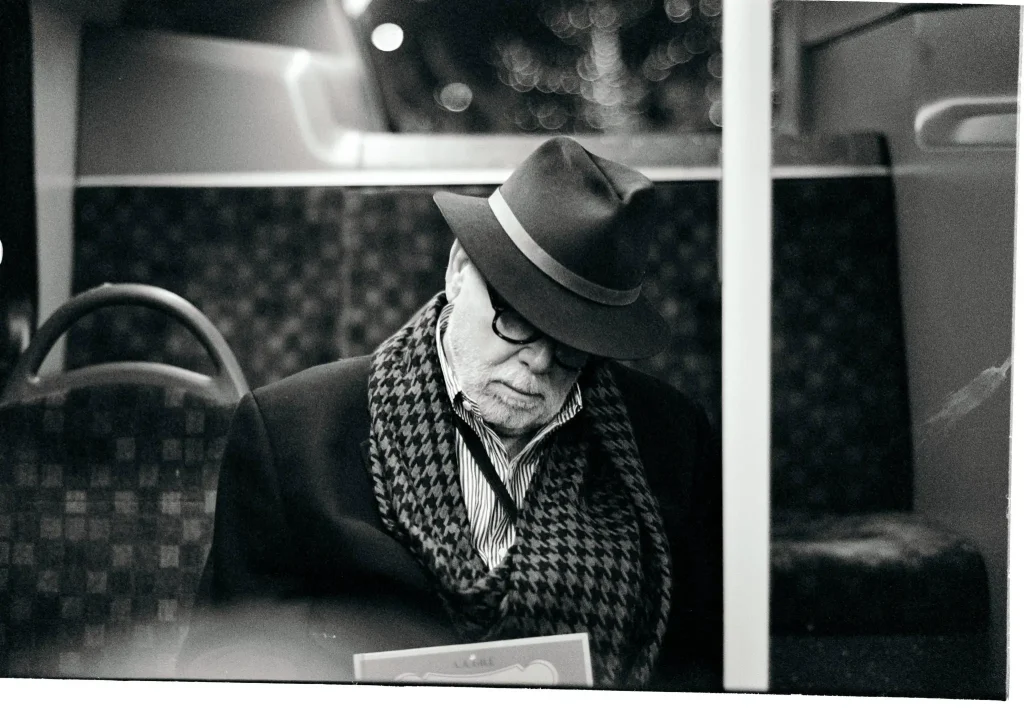
In Neopan 400 (CN) I see extreme tonality when exposing for the highlights, which leads to deep, rich shadows and detailed whites on the most extreme ends of the histogram. Lines when in focus are very sharp, but most frames maintain a consistent grain as well – depending on the developer you use this can be tempered.
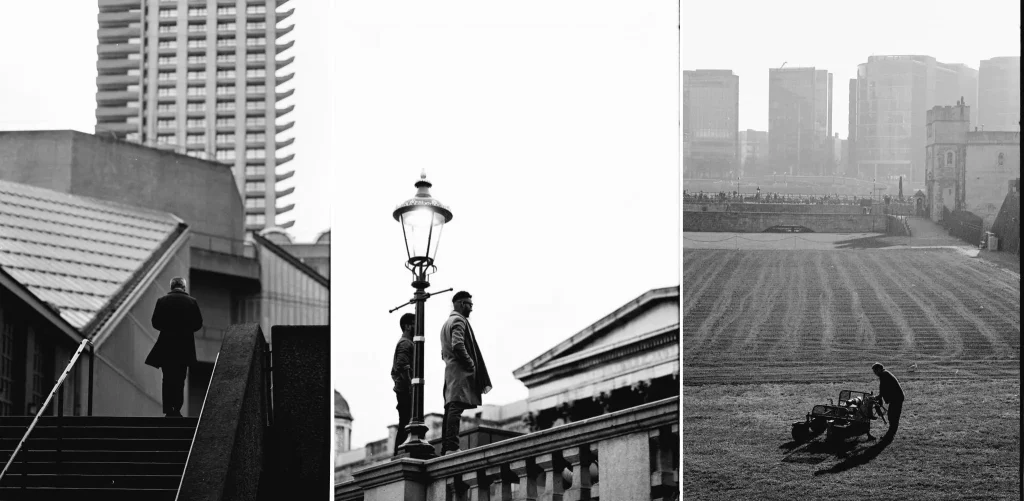
My first rolls were developed as C41, but I really like the ability to develop C41 in black and white chemistry, which can lend your film different looks. I’ve actually been thinking a lot about just how much variance there can be between even the exact same film, which can be exposed and developed and handled in different eays by different photographers – but I’m sure that’s a topic for a future article.
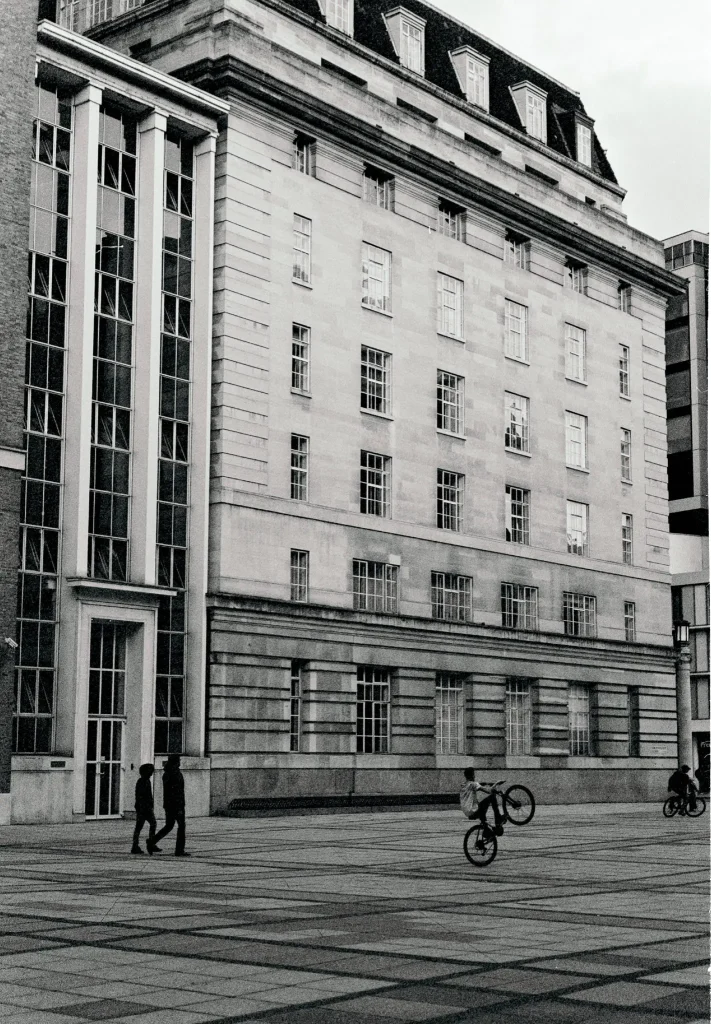
After looking at my images I think I could definitely see Neopan 400 (CN) finding a more secure position in my standard workflow.The tones work for the way I expose, and the convenience of being able to develop it as C41 is underrated. However any positivity I feel towards this is balanced by the awareness that this is a very limited experience. FujiFilm has killed off so many lines of its film that it may as well rebrand as just Fuji. As much as I would like to shoot other discontinued lines, such as their 1600 colour film many have started to either expire, or are valued at (for me) unreachable prices for a single roll.
However for Neopan 400 (CN) at least there is something of a solution available. There is a bit of a conspiracy theory that I’ve found online that this version of Neopan 400 is an identical emulsion to Ilford XP2, the original black and white film I had shot my early film work on. When it came to looking for similarities I didn’t have to go far for a few rolls to view side by side with Neopan (CN). While I can see some similarities, especially in the way that midtone greys are rendered I should take into account that I treat my XP2 quite differently to Neopan – Neopan I developed with a push of +1, whereas the XP2 I have been developing at box speed but shooting at 640 (although I used to treat it as 800 with a +1 push, and will likely be doing so again with upcoming rolls).
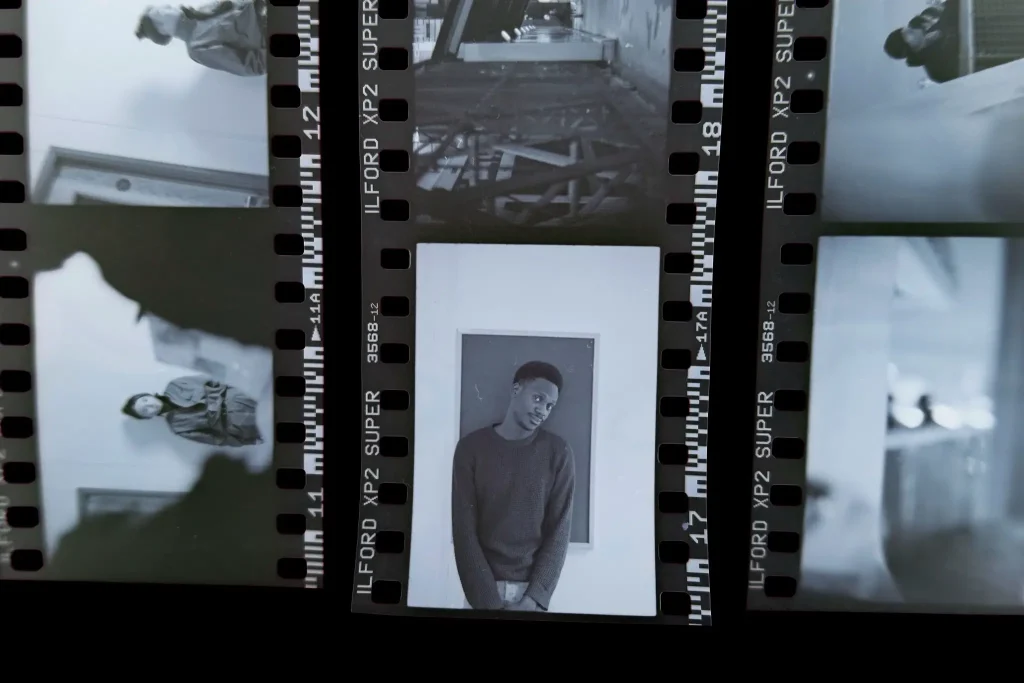
My decision to set my search for Neopan aside and not hunt for more rolls in a diminishing market, and instead focus on using XP2 is not as difficult as the compromises some other photographers have had to make. However something that hadn’t really been an important factor to me suddenly became more urgent as a result of this experience. I want to support the film community. I’ve always written about my experiences as a photographer, and more recently as a film photographer, and hopefully I’ve been able to help people to make decisions about their own film journey.
However there is a far more empirical and economic factor to the film photography industry, and that is that money needs to actively support the manufacture and production of film, film chemistry, and general film equipment. If I buy film from an eBay seller selling discontinued lines that money is not going towards the active production of a film I (or anyone) will shoot. If I buy from FujiFilm, a company that barely manufactures film anymore I will not be supporting lines of film that I want to continue to shoot. Despite their recent announcement of Acros 100 II I’m still skeptical, and more discretionary of where I want to be “investing” in my film future.
However if I buy film from Ilford, or Kodak, who actively produce film and support the heritage of film photography then I am making an active investment in supporting brands who care about my existence as a film photographer. I can support the specific emulsions I shoot with my wallet and hopefully enough other people will that those films will continue to be produced. It is a collective effort, and I assume that the majority of people reading this blog are a part of that effort.
A recent development in the market is the reintroduction of Kodak Ektachrome E100 which is one of the first films to be resurrected after being discontinued. I have hope that other companies may take note (hopefully of a success) and fresh life may be breathed into the film market. Again, this will only really happen if as a community we continue to support the industry by purchasing film and shooting it to the best of our ability; not leaving it to influencers and artists to simply promote and enthuse over.
Shooting Neopan 400 Professional
After all of this I had still never actually experienced shooting Neopan 400 Professional, the true black and white emulsion that had originally interested me. Shortly after writing the majority of this article I had the opportunity to chat with Walter about my search for the original, as I’d found some rolls in Germany and bought those. To my surprise Walter gifted me two rolls of his own on the spot!
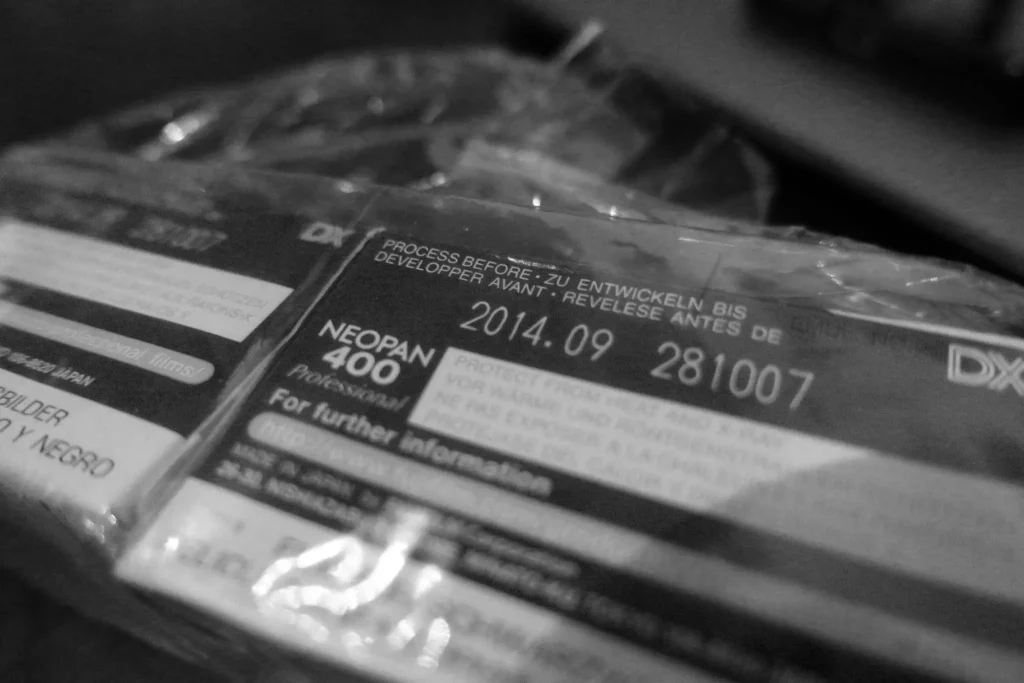
This meant I now had four rolls of Neopan 400 Professional to work with – a mildly stressful prospect, as I really wanted to produce something special with such a limited artefact. I’ve only shot through one roll so far, and I’m quite proud of the images I produced.
If you really want to see this film done justice I strongly urge you to look at Walter’s work – I linked his website at the start of this article, and his Instagram contains a larger selection of his work.
I’m really happy with the way the Neopan Professional 400 rendered my exposures. While the CN variant shines through with mid-tones the aesthetic of Neopan 400 Professional is rooted in the extreme highlights and shadows. It has the clearest white tones I’ve seen from any black and white film – I’m used to shades of grey even in the lightest areas but this has an incredible contrast to it.

I also think there is almost a hint of “colour” which I find hard to describe – even when I am 100% sure the image is black and white, in images with lots of highlight detail I am certain I see a hint of a very light reddish tint. Maybe I need to get my eyes checked, or my screen calibrated, but even in prints and in other peoples work I think it’s there. Aside from the tones of the film the aesthetic of the grain is really interesting. I like how clear it seems, but without being intrusive in any way.
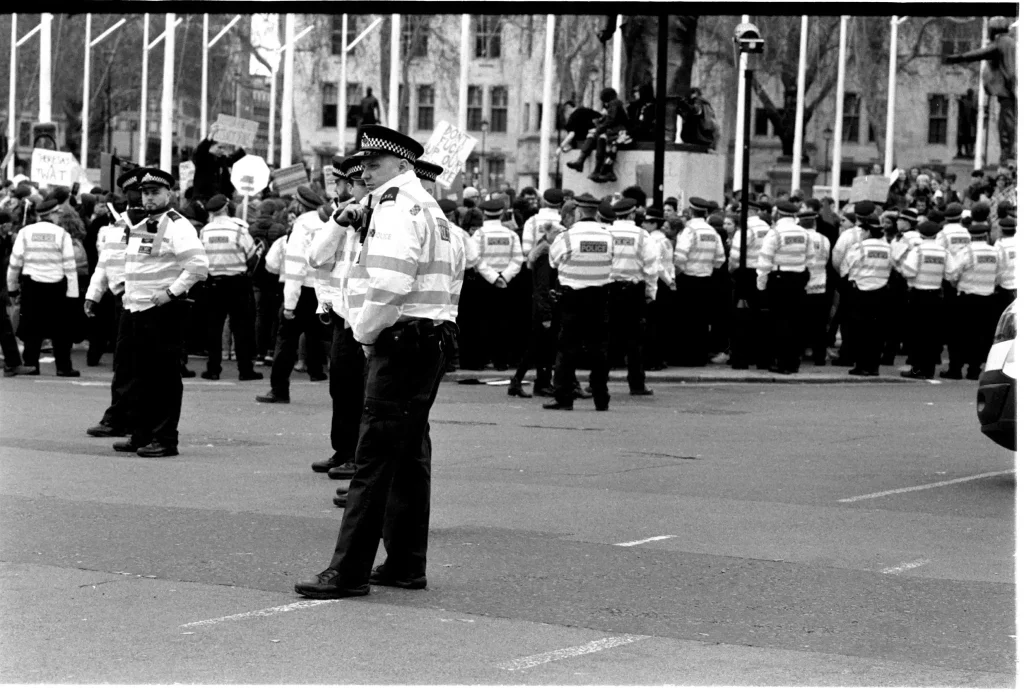 It’s a real shame, as I feel I have enough to talk about with this film in terms of both technical and aesthetic qualities – its similarities to Delta 400, one of my favourite black and white films, the sharpness and overall rendering – but what would be the point? As I’ve discussed shooting this film is a limited experience and my opinions are more closely related to the way I felt while shooting, and the excitement at reviewing my images – that is all this film can mean to me, and nothing more. I definitely received the results in terms of the look of my images I was hoping for from this film, and the “look” of the film definitely informs with the drama and emotion in these frames.
It’s a real shame, as I feel I have enough to talk about with this film in terms of both technical and aesthetic qualities – its similarities to Delta 400, one of my favourite black and white films, the sharpness and overall rendering – but what would be the point? As I’ve discussed shooting this film is a limited experience and my opinions are more closely related to the way I felt while shooting, and the excitement at reviewing my images – that is all this film can mean to me, and nothing more. I definitely received the results in terms of the look of my images I was hoping for from this film, and the “look” of the film definitely informs with the drama and emotion in these frames.
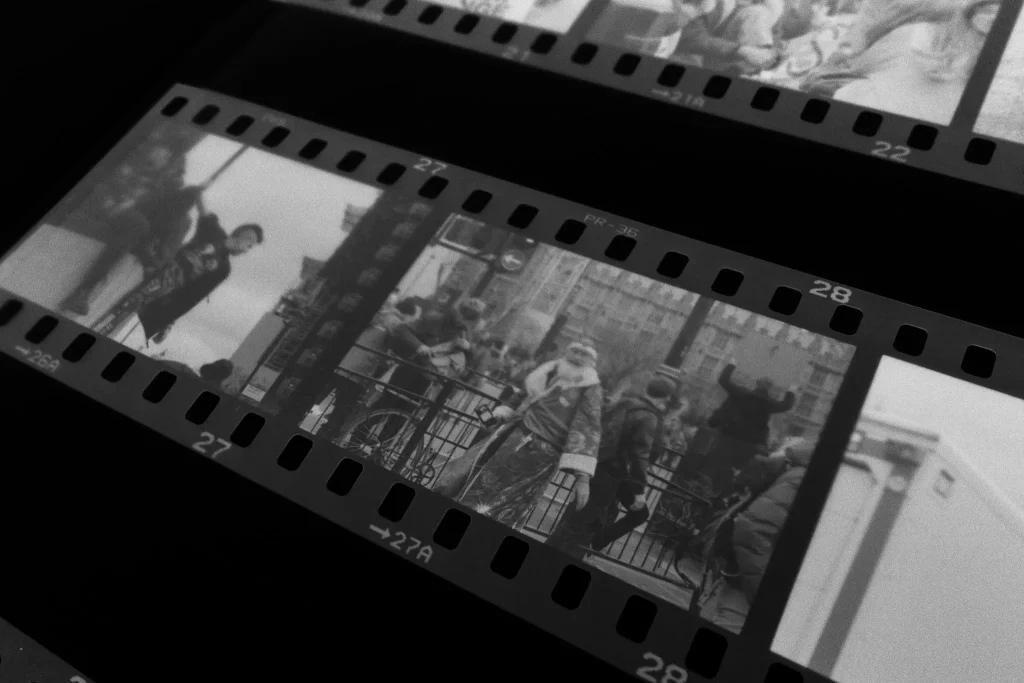
I really enjoyed seeing this aesthetic in my work, and I do regret that this will be a limited experience. I have to really ration out my remaining rolls, and make sure that I produce the best work possible with what I have left. I also hope that this isn’t something I’ll have to be thinking about with my other emulsions – it feels like Portra, Ektar, Delta 400 and so on are “safe” but I think this has been a reminder of just how lucky I am to have been able to shoot as much film as I have done, and I’ll enjoy shooting it for as long as I can!
Thanks for taking the time to read this article, I hope you enjoyed the images and opinions I put forward. If you’ve liked my work here, please consider following me on Instagram, where I share a steady feed of my best work!
Are there any discontinued films that you’ve grown attached to? Or are you looking to try films that may replace the aesthetic others offered you? I look forward to the discussion in the comments!
Share this post:
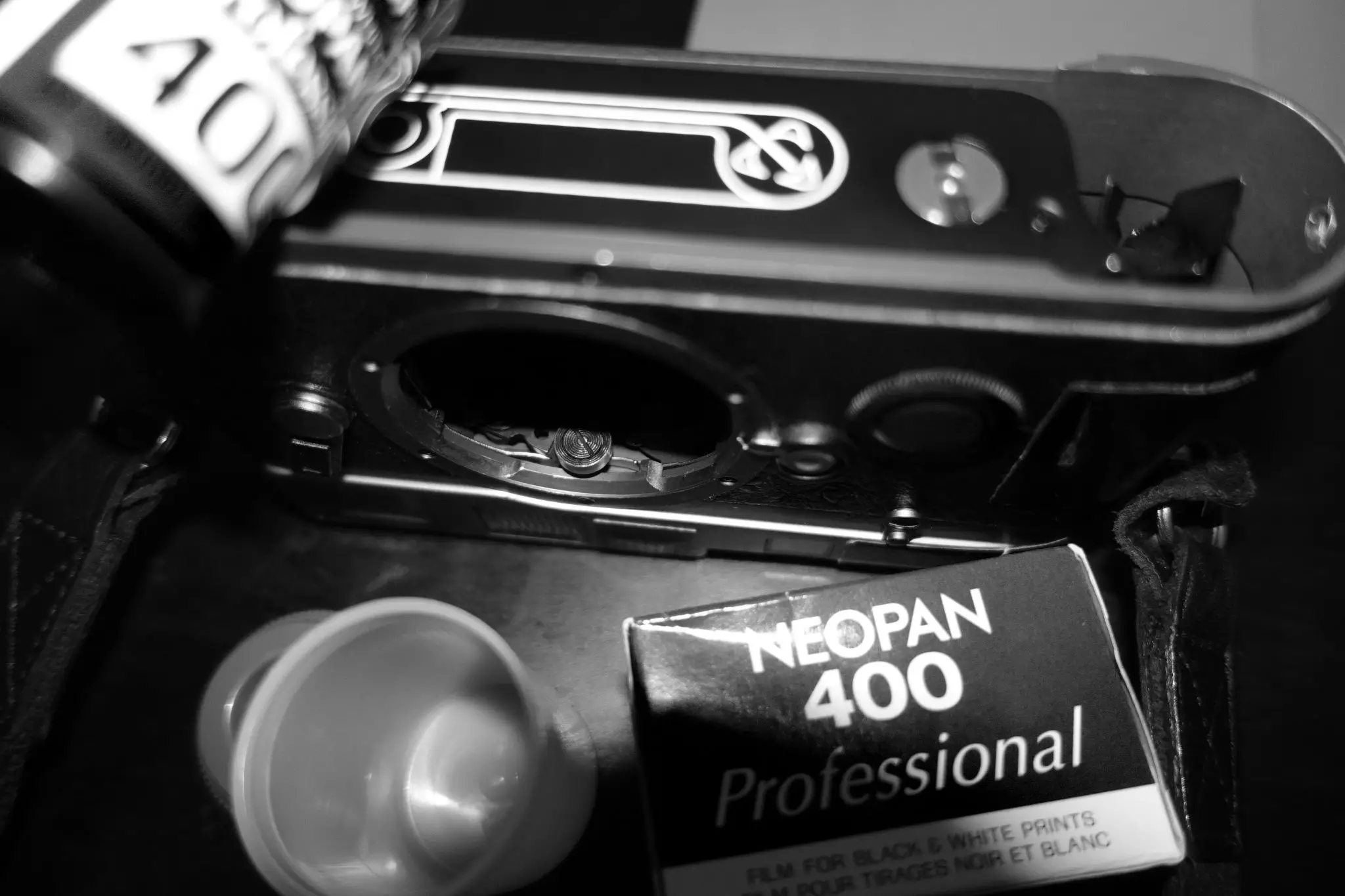








Comments
Tim Gallo on FujiFilm Neopan 400 – Trying Not to Get Too Attached to a Dead Film – by Simon King
Comment posted: 04/08/2019
and fomapan is cheap.
Comment posted: 04/08/2019
Comment posted: 04/08/2019
Comment posted: 04/08/2019
Tim Gallo on FujiFilm Neopan 400 – Trying Not to Get Too Attached to a Dead Film – by Simon King
Comment posted: 04/08/2019
Christian Schroeder on FujiFilm Neopan 400 – Trying Not to Get Too Attached to a Dead Film – by Simon King
Comment posted: 04/08/2019
I suppose this reddish tint in your images is an optical illusion. Sometimes I observe a similar effect in my prints made from (scans of) Fuji Acros 100. It occurs when there is a fine, high-contrast pattern in the image – e. g., jalousies with alternating white and black lines. Very strange, indeed.
Last year, I bought three of rolls of Fuji Superia 1600 – just wanted to try this emulsion before it’s gone. The results were good, but I didn’t fall in love with this film (fortunately).
Comment posted: 04/08/2019
5 Frames with Fomapan 400 "Action" (@ EI1600) - by Simon King - 35mmc on FujiFilm Neopan 400 – Trying Not to Get Too Attached to a Dead Film – by Simon King
Comment posted: 14/01/2020
Paul Margolis on FujiFilm Neopan 400 – Trying Not to Get Too Attached to a Dead Film – by Simon King
Comment posted: 26/05/2020
I did most of my documentary work in the 1990s on Neopan 400, processed in D76, and still miss that film. I liked it better than the Tri-X of the day in both 35mm and 120. But there's no chance that it will be brought back from the dead, and we soldier on with the decent selection of films that are available today.
Regards, Paul
Announcing Kosmo Foto Agent Shadow black-and-white film - Kosmo Foto on FujiFilm Neopan 400 – Trying Not to Get Too Attached to a Dead Film – by Simon King
Comment posted: 11/06/2021